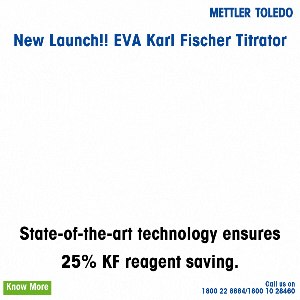In a significant breakthrough for energy storage technology, researchers at the Gwangju Institute of Science and Technology (GIST) in Korea have developed a novel electrode that significantly enhances the performance and lifespan of flowless zinc-bromine batteries (FLZBBs).
The innovation has the potential to revolutionize energy storage, achieving an unprecedented 10,000 charge cycles with a 96% Coulombic efficiency. FLZBBs are seen as a promising alternative to lithium-ion batteries due to their non-flammable nature, cost-effectiveness, and simpler design. However, their broader adoption has been hampered by a persistent challenge: self-discharge caused by bromine ions migrating from the positive to the negative electrode, leading to reduced performance and efficiency.
The research team, led by Professor Chanho Pak, has tackled this issue by developing a nitrogen-doped mesoporous carbon-coated graphite felt (NMC/GF) electrode. This innovative electrode effectively suppresses self-discharge, paving the way for more stable and efficient FLZBBs.
The NMC/GF electrode is produced using a cost-effective method where a standard graphite felt electrode is coated with precursor materials, followed by drying and curing. The mesopores created by the NMC coating act as tiny cages, trapping bromine ions within the positive electrode and preventing them from reaching the negative electrode.
The NMC/GF electrode not only prevents self-discharge, but also boosts the overall performance of FLZBBs. The coating transforms the originally hydrophobic graphite felt into an ultrahydrophilic material, enhancing contact with the electrolyte and improving electrochemical performance. Furthermore, the incorporation of abundant oxygen and nitrogen species accelerates bromine reaction speeds.
FLZBBs equipped with the NMC/GF electrode exhibit exceptional efficiency, achieving a Coulombic efficiency of 96% and an energy efficiency of 76% at a specific current density. They also deliver a high areal capacity of 2 mAh cm-2 and demonstrate remarkable durability, lasting for over 10,000 charge and discharge cycles.
The long-term stability underscores the robustness of the new electrode design. This advancement not only promises safer, more stable, and longer-lasting FLZBBs but also positions them as a viable alternative to traditional lithium-ion batteries. As reported by manufacturingtodayindia.com, as the world shifts towards clean and sustainable energy solutions, this breakthrough in zinc-bromine battery technology could play a crucial role in shaping the future of energy storage.
































